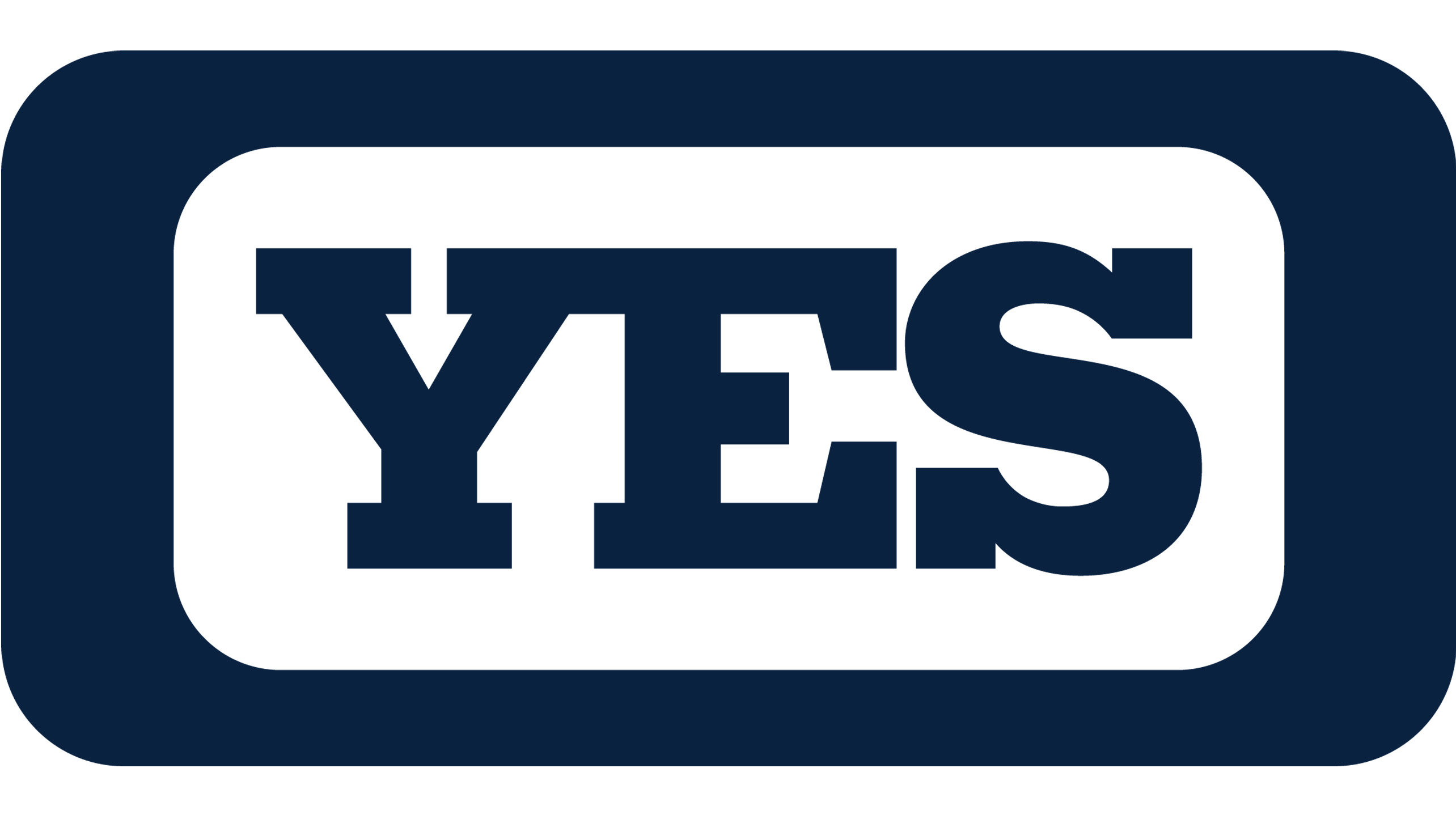
The 2018 Major League Baseball season ended Sunday night, and with that end comes a new beginning: free agency.
In earnest, free agency begins on Nov. 3, the last of three important dates on the calendar over the next week. Players with opt-out clauses have until Oct. 31 to exercise those, and teams have a five-day window from Oct. 29-Nov. 2 to exclusively negotiate with their own free agents; the following day, Nov. 3, is the deadline for clubs to tender their pending free agents the qualifying offer, which players have 10 days to decide upon once offered, but at 5 p.m. ET on Saturday, QO or not, all players are officially on or off the market for everyone.
Yankees general manager Brian Cashman said in his end-of-season press conference that the rotation will be a focus point for the Yankees this winter, so over the next two weeks, we'll take a look at three pros and three cons of 10 possible options for the Yankees' rotation.
As today begins that three-day opt-out window and five-day negotiation window, we'll start with one of the two big fish in the option pool: Dodgers lefty Clayton Kershaw.
The pitching matchup for Game 5 of the World Series ended up being a southpaw dream matchup of Clayton Kershaw vs. David Price, and as it turns out, Sunday night could be each player's final game in their respective Fall Classic uniforms.
Kershaw was 9-5 with a 2.73 ERA in 26 starts this season, and then made five starts and one relief appearance in the postseason, logging a total of 191 1/3 innings overall this season. He can opt out of the final two years and $65 million remaining on his deal, and given that he'll be 31 on Opening Day 2019 and is still regarded as a top-tier starter, it's possible he may opt-out, even if it's just an exercise to sign a longer-term deal with the Dodgers, a la A-Rod and CC Sabathia with the Yankees.
But, is he a fit for the Yankees?
PROS
-The Modern Day Sandy Koufax. The conversation about the best left-hander in Dodgers history starts and ends with K, as in Kershaw and Koufax. In parts of 12 years in Brooklyn and LA, Sandy made 397 appearances and won 165 games while pitching to a 2.76 ERA, striking out 2,396 batters, and winning three NL Cy Youngs and an NL MVP (and finishing second twice more). And, in 11 years in Tinseltown, Kershaw has made 318 appearances and won 153 games while pitching to a 2.39 ERA, striking out 2,275 batters, and winning three NL Cy Youngs and an NL MVP. And on top of that, the narrative continues right down to Koufax's final start as a Dodger coming in a World Series loss, but that aside, if you sign Clayton Kershaw this winter, you're getting a pitcher entering his age 31 season who has a decade-long track record as a true ace.
-Left Makes Might. Think of how successful CC Sabathia, Andy Pettitte, and heck, even J.A. Happ has been at Yankee Stadium over the years. The best way to combat teams stacking lefty hitters against the short porch in Yankee Stadium is, really, to have a power southpaw like Kershaw, who has held lefties to a .195 average and .562 OPS over the last 11 years, making 15 or so starts out of 81.
-Battle Tested. New York is the toughest market to play in, hands down - but Kershaw has played his entire career in Los Angeles, a market with just as much media presence and scrutiny, and has been to two World Series. He knows what the bubble looks like, and likely wouldn't be affected by the pressure.
CONS
-The Modern Day Sandy Koufax. Kershaw is every bit as good as Koufax, but he's also looking to be every bit as fragile. Kershaw missed two months in 2016 with a herniated disc in his back and six weeks in 2017 with another back issue, and this year, he missed four weeks with biceps tendinitis and three weeks with lower back discomfort, the last issue cropping up just one start into his return from the biceps tendinitis. Even the most durable pitchers break, and Kershaw, after averaging 222 regular-season innings per year from 2010-15, has thrown 149, 175, and 161 the last three seasons.
-Dirty Thirty. Indeed, thirty seems to be a dirty word in baseball these days, especially when it comes to signing players to long-term deals following that birthday. Opting out would mean Kershaw giving up that $65 million now to ensure longer-term security, but is a 31-year-old pitcher with about 2,250 innings on his left arm and a recent history of back problems going to be worth that kind of long-term investment? This year alone, in addition to those innings totals, his ERA and FIP were his highest since at least 2010, his 8.6 K/9 ratio was the lowest since his rookie year, his average velocity was down, and that .195 career BAA versus lefties got higher because southpaws hit better off him than righties did (.243 vs. LHB, .223 vs. RHB).
Manny Machado and Bryce Harper are four years younger and have a handful of deployment options at a $30-plus million salary; Kershaw has 35-ish in the same spot, and there's no half-days off on the mound.
-Red October. Postseason experience is important, and David Price is proof narratives can change about success or failure. Kershaw not so much, as he's now 9-10 with a 4.32 ERA in the playoffs after Sunday night, and in the last three years, his 4.12 ERA is actually tempered by his eight shutout innings against Atlanta in the NLDS. The Yankees didn't have a starter begin the sixth inning in five postseason games this year, is Kershaw going to be more of the same in that department?



